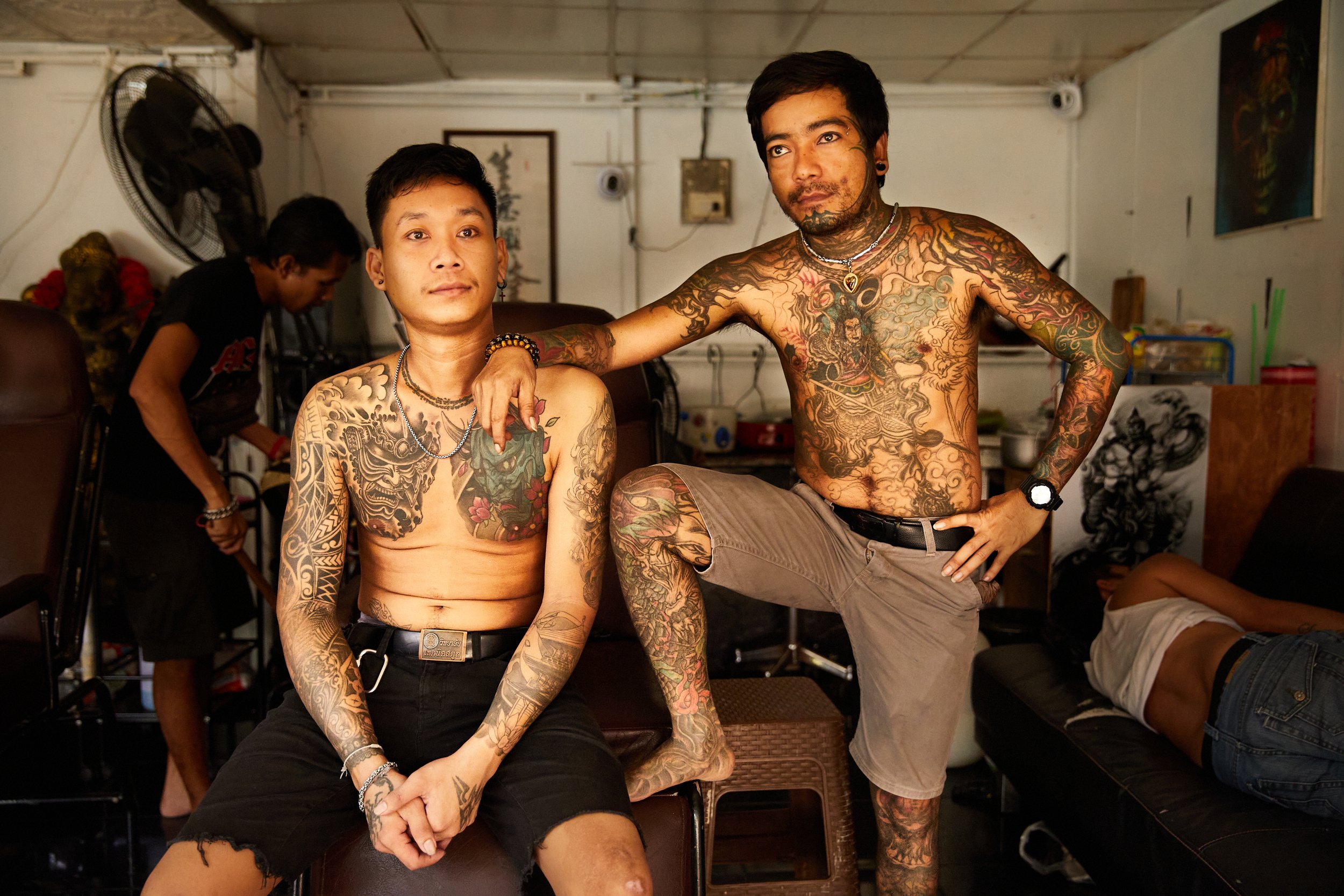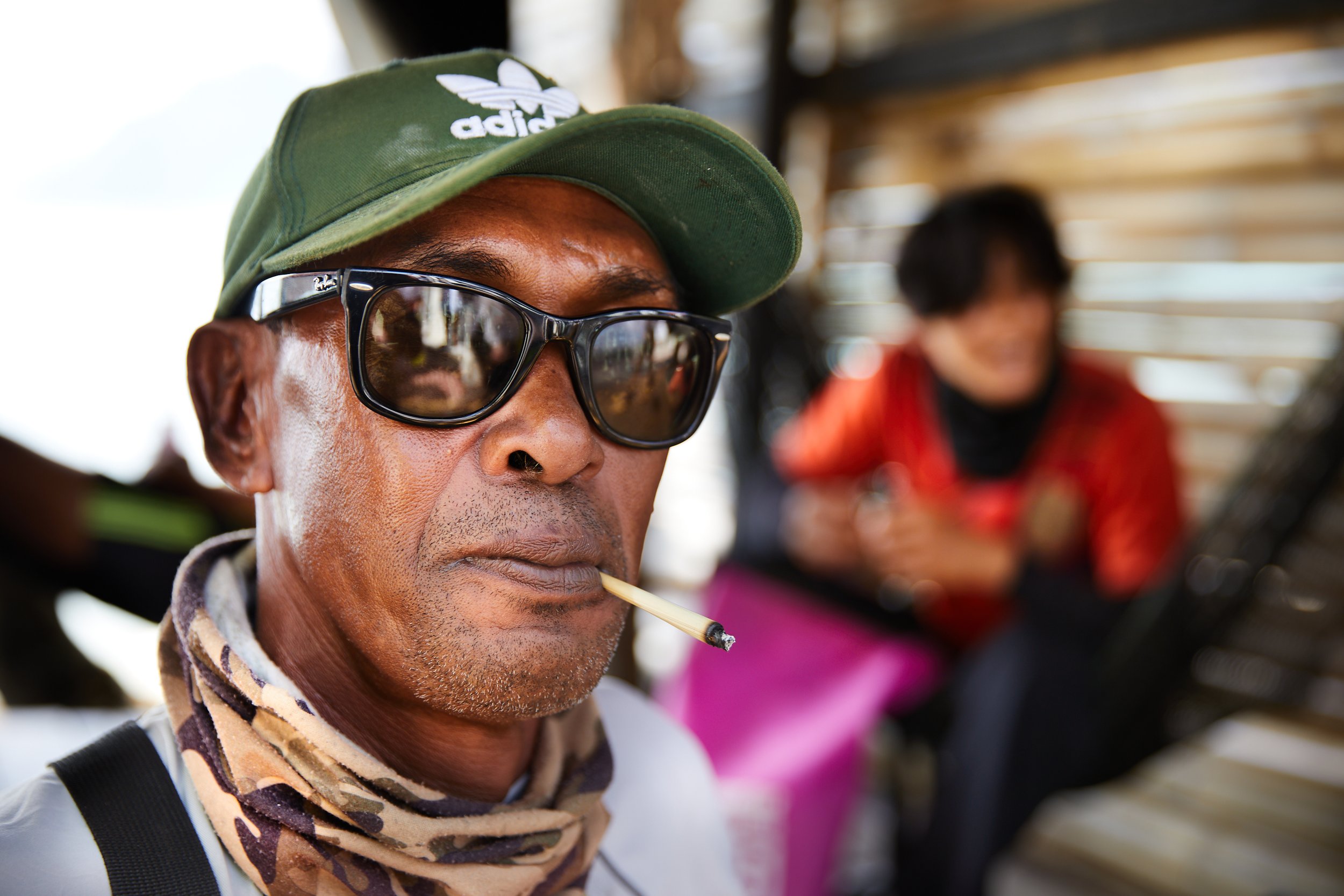Capturing the Heart of Thailand: A Street Photographer's Guide
As a professional photographer specializing in product, lifestyle, food, and portrait photography, my work often involves meticulous planning and precise control of lighting in the studio or carefully chosen locations. However, to breathe new life into my craft and hone my skills, I frequently embark on street photography adventures, especially in captivating locations like Phi Phi Island.
The Studio vs. The Street: A Creative Duality:
In the studio, I have the luxury of controlling every aspect of my environment – from lighting setups to the placement of each element in the frame. This precision allows me to create polished, refined images that meet the specific needs of my clients.
Yet, there's a unique charm in the unpredictability of street photography. It challenges me to be more spontaneous, to adapt quickly to changing conditions, and to find beauty in the unscripted moments that unfold in front of my lens.
The 24-70mm lens allowed me the flexibility to capture both wide shots of the bustling streets and intimate portraits of the fascinating individuals I encountered. Shooting wide open at f/2.8 with a 24-70mm lens enabled me to create a beautiful bokeh effect, isolating my subjects and adding a dreamy quality to the images.
Behind the Scenes with iPhone Video:
To set the scene and provide a glimpse into the vibrant atmosphere, I used my iPhone to capture behind-the-scenes (BTS) videos. These videos not only served as a personal memento of my street photography journey but also added a dynamic layer to my storytelling when sharing my experiences with others.
Post-Processing Magic: Capture One Pro:
Upon returning to the editing room, I turned to Capture One Pro to process the raw images. The software's robust capabilities allowed me to fine-tune the photographs, enhancing the colors and details captured during my street photography escapades.
Masks and Contrast for Emphasis:
In the editing process, I strategically employed masks to emphasize the focal points of my images. This technique allowed me to draw attention to the intricate details of the tattoo artists' work or the expressions on the faces of the shop owners. Additionally, adjusting contrast further highlighted the subject, creating a visual impact that resonated with the vibrant energy of Phi Phi's streets.
Before and After: A Glimpse into the Transformation:
To showcase the transformative power of post-processing, I've included before and after sample images. Witness how a few adjustments can elevate a candid street shot into a captivating visual narrative, where the subjects truly stand out against the lively surroundings.
Don’t go in summer it’s so hot and humid, Dec - Feb seems to be the best time to travel Thailand
Equipment I took with me, 2 camera bodies Cannon 5Dmk4, 24 x 70mm F 2.8, 70 x 200mm F4, lots of memory cards, 2 hard drives, laptop.
Check out this site for more Camera gear check list Travel photography checklist
Carry a small flash or LED light to create some drama and direction in your lighting.
Use your IPhone for BTS video and some quick and candid images, it also records your location via GPS.
Have plenty of small change local currency for tips
Use a local guide to help you navigate the country and setup locals for street photography.
Always ask for permission to photograph locals in their environment
Copy all your documents including passport on your phone and also have hard copies stashed away just incase.
Bring with you all meds recommended by your doc and travel insurance is a must.
Download Maps me maps of the area so you don’t need Phone coverage this way you will never get lost. During my recent visit to Thailand, I acquired a regional SIM card for approximately $15 at the nearby 7-Eleven store with unlimited data. This enabled me to maintain an up-to-date Instagram feed and easily navigate through maps without any concerns.
Travel Documents:
Passport: A valid passport is essential for international travel. Make sure your passport is up-to-date and has at least six months validity remaining.
Visa: Depending on the country you're visiting, you may need to obtain a visa. Research the visa requirements for your destination well in advance of your trip.Thailand issues a free Visa on arrival.
Travel Insurance: Purchase travel insurance to protect yourself in case of emergency. Make sure your insurance covers medical expenses and travel cancellations.
Flight tickets: Don't forget to bring a printed copy of your flight itinerary and confirmation.
Hotel reservations: Make sure to have your hotel reservations and confirmations handy.
Vaccination records: Some countries may require proof of vaccinations. Make sure you have your vaccination records with you.
Currency: Make sure to bring enough cash and credit/debit cards that are accepted in the country you're visiting.
By having this list of essential gear and documents, you will be well-prepared to capture stunning images and navigate smoothly through your travel photography adventure. Happy shooting and safe travels!
Phi Phi Island's streets became my canvas, and each photograph tells a story of the island's rich culture and the people who contribute to its unique charm. Through the lens of my camera, I aimed to capture not just images but moments frozen in time, where the spirit of Phi Phi came alive.
As you embark on your own street photography adventures, consider the tools and techniques that resonate with your style. Whether it's the choice of lenses, the magic of post-processing, or the addition of behind-the-scenes footage, let your creativity flow and unfold the narrative of the streets you explore. Phi Phi Island, with its vibrant personalities and picturesque scenes, is a canvas waiting for your unique storytelling perspective.







































